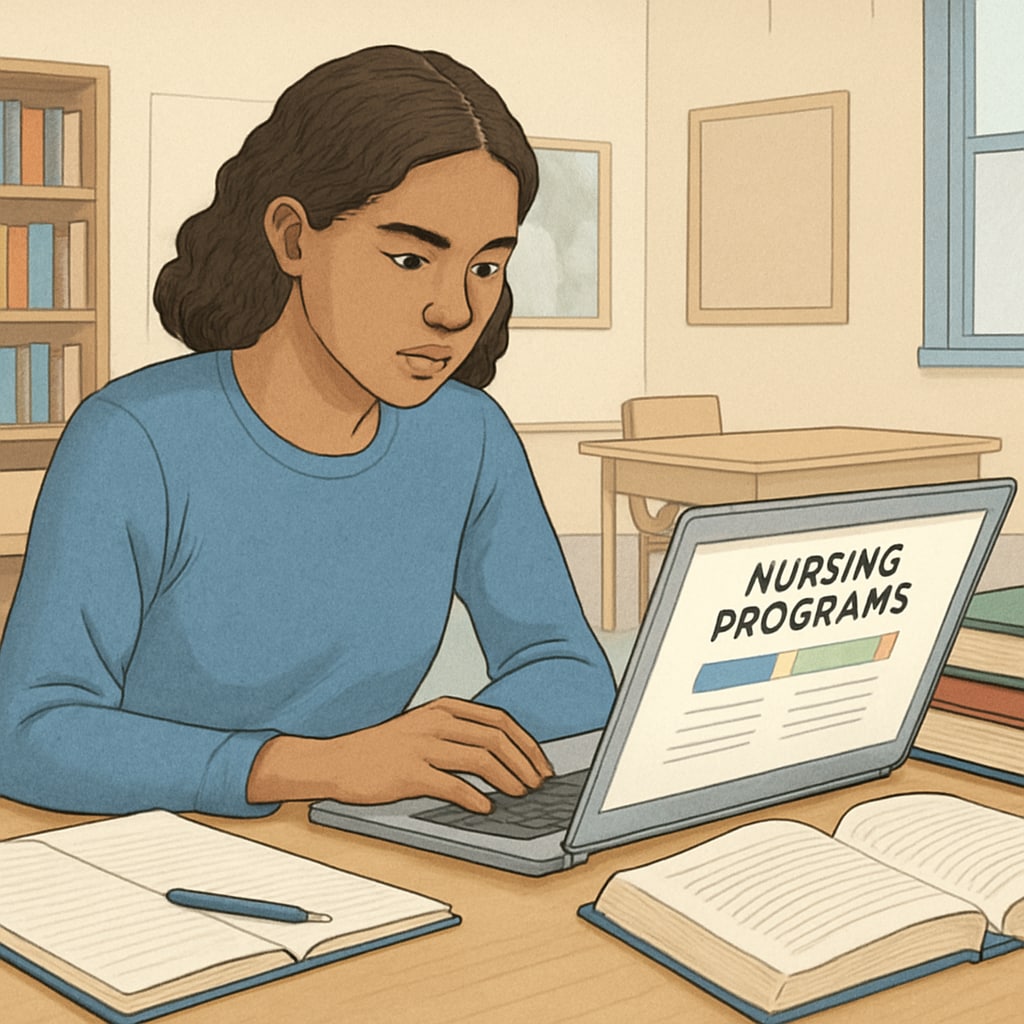For community college students dreaming of a career in nursing, transferring to a four-year university can be a pivotal step. This guide explores strategies to help students with mid-range GPAs successfully navigate the process of transferring into competitive nursing programs. By focusing on school selection, application preparation, and leveraging EMT experience, aspiring nurses can take the next step toward achieving their professional goals.
Choosing the Right Nursing Program
Selecting the best-fit nursing program is the first and most crucial step in the transfer process. Not all nursing programs are created equal, so it’s essential to research options that align with your academic profile, career goals, and personal circumstances. Consider these factors when evaluating programs:
- Accreditation: Ensure the program is accredited by organizations like the Commission on Collegiate Nursing Education (CCNE) or the Accreditation Commission for Education in Nursing (ACEN).
- Articulation Agreements: Some community colleges have agreements with universities to streamline the transfer process.
- NCLEX Pass Rates: Review the program’s track record for preparing students to pass the National Council Licensure Examination (NCLEX).
- Support for Transfer Students: Investigate whether the university offers dedicated resources for transfer students, such as academic advising and financial aid counseling.
In addition, proximity to clinical sites and opportunities for hands-on learning should factor into your decision. For example, some programs partner with renowned hospitals, providing invaluable real-world experience.

Strengthening Your Nursing Application
Securing admission to a competitive nursing program requires a well-rounded application. While your GPA is critical, it’s not the only factor. Here are some tips to enhance your application:
- Personal Statement: Highlight your passion for nursing, any challenges you’ve overcome, and your long-term career aspirations.
- Letters of Recommendation: Request recommendations from professors, supervisors, or mentors who can vouch for your academic ability and character.
- Extracurricular Activities: Showcase your involvement in healthcare-related activities, such as volunteering at clinics or participating in health fairs.
- Prerequisite Courses: Achieve strong grades in prerequisite courses like anatomy, physiology, and microbiology. These courses often carry significant weight in admissions decisions.
Additionally, be mindful of application deadlines. Missing a deadline could delay your transfer by an entire academic year. Create a timeline to track when transcripts, test scores, and other documents need to be submitted.

Leveraging EMT Experience to Stand Out
For students with prior experience as Emergency Medical Technicians (EMTs), this background can set you apart from other applicants. Here’s how to effectively incorporate EMT experience into your application:
- Highlight Transferable Skills: Emphasize skills like patient care, crisis management, and teamwork. These are directly applicable to nursing.
- Real-World Experience: Share specific examples of how your EMT experience has prepared you for the challenges of nursing school.
- Leadership Roles: If you’ve taken on leadership responsibilities, such as training new EMTs, mention this to demonstrate your ability to mentor others.
Having EMT experience not only strengthens your application but also provides a solid foundation for the clinical components of a nursing program. It demonstrates your dedication to the healthcare field and your ability to perform under pressure.
Final Thoughts on Achieving Your Nursing Dreams
Transferring from a community college to a four-year university nursing program is an achievable goal with the right strategy. By carefully selecting a program, preparing a strong application, and leveraging unique experiences like EMT training, you can set yourself apart from the competition. Remember, persistence and preparation are key to turning your nursing dreams into reality.
For additional resources, consider exploring detailed guides like Nursing on Britannica or learning more about articulation agreements via Articulation Agreements on Wikipedia.
Readability guidance: Use this guide to plan your transfer journey, ensuring each step is carefully considered. Short paragraphs, bullet points, and clear transitions make this resource easy to follow.


